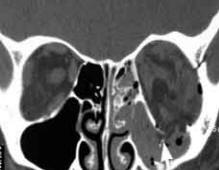
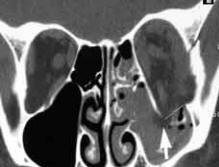
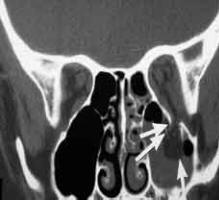
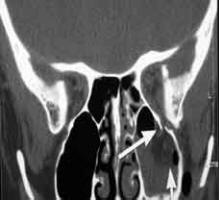
Evaluation - Full Ophthalmic Exam Plus
 |
 |
 |
 |
| Buckle | Retropulsion |
 |
 |
|
|
|
|
|
|
|
Orbital Floor Reconstruction Using MEDPOR® Biomaterial" (1990)
Surgical technique video on the use of MEDPOR in Orbital Floor Reconstruction. (Produced under Porex Medical trade name.)
|
 |
|
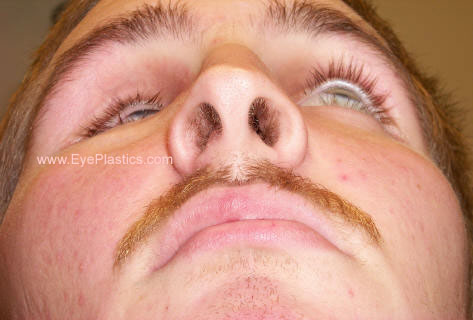 |